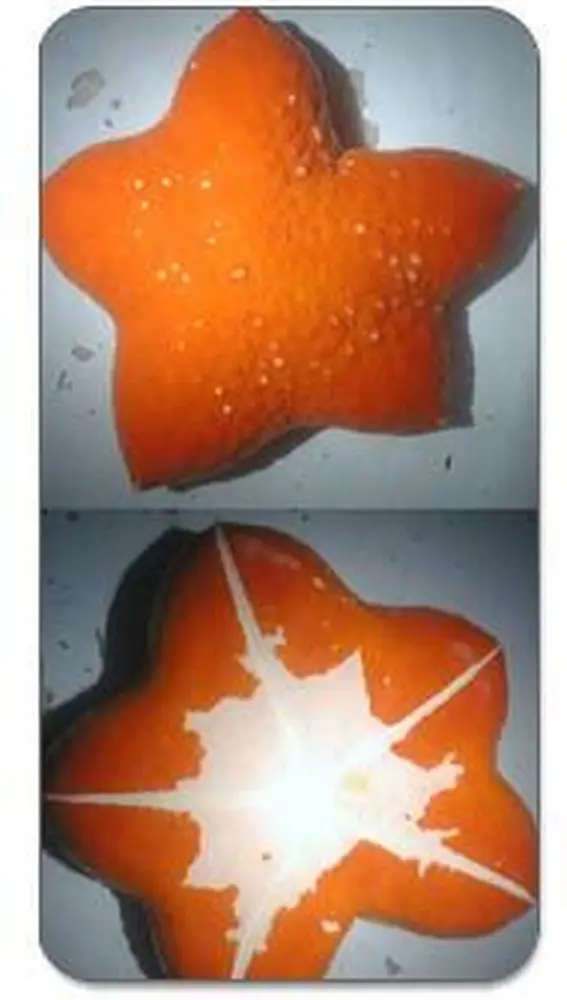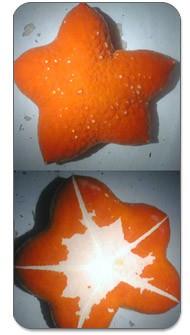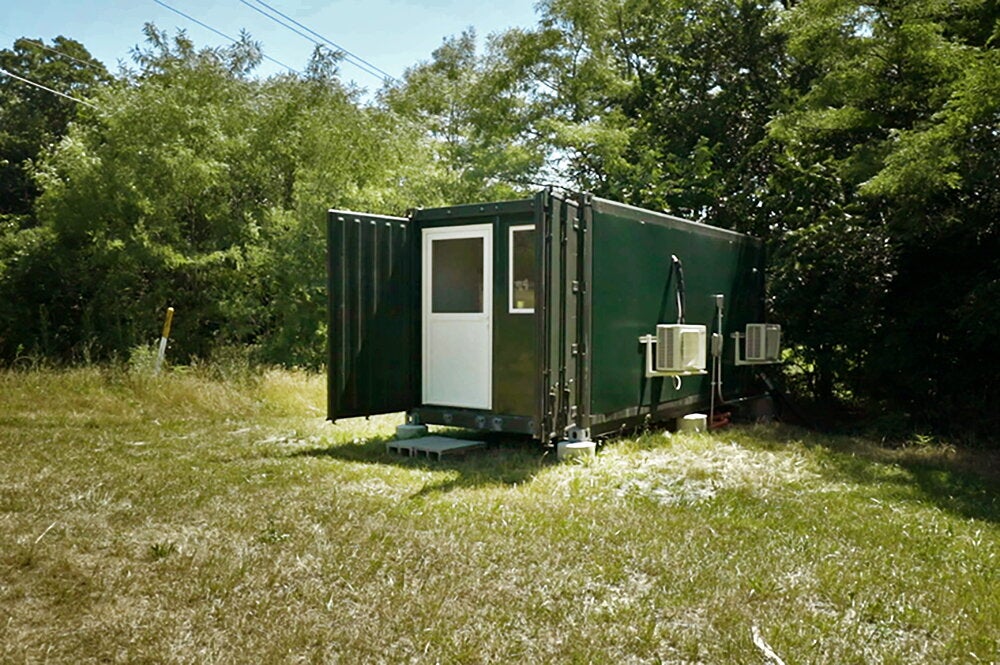

Geology graduate student Chris Mah's discovery of a new species of starfish reads like an old-fashioned detective story.
The mystery began eight years ago off the coast of Palau in the 400-feet depths of the central Pacific, a place only "dive nuts" equipped with mixed gas re-breathing units dare to tread. It was in this murky realm, where, according to diver-scientist Patrick Colin, one finds "a world of white, blue, and black," where "sediment flows off the shallow reefs.like snowfall." Colin was collecting marine animals in the hopes of discovering new anticancer agents from nature. His dive permitted only six hours underwater and, with less than 10 minutes left before his air supply was exhausted, he surfaced with an orange and brown starfish that he later dubbed the "cornbread star."
Enter LAS paleobiologist and starfish researcher Mah, who studies the diversity and evolution of marine invertebrates. The drawers of his lab in the basement of the Natural History Building overflow with every imaginable shape and size of starfish, but none looked quite like the 40-cm sample sent from Palau.
Months after Mah received the sample, he was visiting the Bishop Museum in Honolulu and, by chance, just happened to notice a second specimen stored almost as an afterthought in a 5-gallon bucket that was holding up a fan. This specimen had been collected at Enewetak Atoll at 420 feet. "It was collected 15 years ago," Mah says. "Ironically, it was Colin who had collected that sample, too, but the opportunity to properly examine the specimen never emerged."
Several years later, Mah discovered a third sample of cornbread star on a dusty shelf in a Belgium marine lab. "It had just been sitting there for probably a decade, after it was collected from the Indian Ocean in 1982. With a critical mass of starfish material in hand I proceeded with a formal description."
Mah, whose research results were published last year in the Bulletin of Marine Science, named the starfish Astrosarkus idipi. Astrosarkus means "star-shaped flesh," and idipi is in honor of David K. Idipi, Sr., former director of the Palau Bureau of Natural Resources and Development. The naming was front-page news in the Tia Belau, the newspaper of record for Palau.
"The species represents something very distinct, and very new, and very different from previous known animals," Mah says. "It's a bizarre animal to put it mildly. It lives in a region just below conventional scuba dive range and in an area too deep and too jagged for trawler nets. That probably explains why it's never been discovered." So much remains a mystery about Astrosarkus idipi. Mah still doesn't know what it eats or how old any of the specimens are. "Starfish can reabsorb calcite. They don't really show consistent growth patterns."
Presently there is a global effort to save and conserve biodiversity. Mah says many undescribed species remain to be found and each new species represents hope. "The question that comes out of this is, 'If we can still find an animal that big-pumpkin-sized-in the populated Tropics, then what else is there to be discovered?' You can't understand what's being lost if you don't know what's there in the first place."


